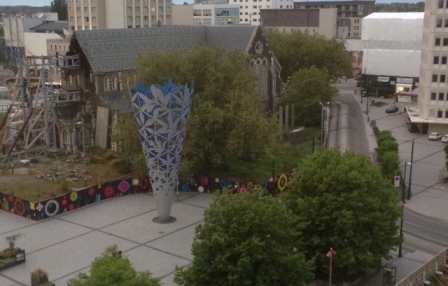Provence to the Riviera
From Nicole and David
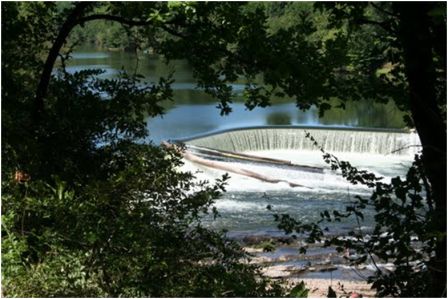
Well
David and I have been on the road again for the last week travelling through
Provence and now the Riviera, but before we get into those stories we
thought we'd better tell you about our time in Touzac. We'll try our
best to recap our time in a special spot in Southwest France....
Workaway
As mentioned in our previous email, David and I made contact with our workaway
hosts - or rather, our new friends Jean-Pierre and Sian, through a website
called Workaway.info. It was the first time all of us had used the workaway
scheme, and for both sides it's turned out really well - so much so that our
one-week "trial" turned into a three-week stay and a prospective
rendevous before we leave Europe in August!
New friends
Jean-Pierre and Sian were incredibly kind and hospitable to us, and gave great
advice on all the places to visit around Touzac. Sian is originally from Wales,
but has lived in France since she was seventeen so she's basically French -
apart from her lovely sing-song-y Welsh accent. Along with a brief stint in a
European Rock band, Sian completed chef training under a Japanese chef in
Bordeaux and cooks everything from Japanese to Middle Eastern cuisine. As you
can imagine, her home-cooking was just amazing! Jean-Pierre studied
oriental languages, hoping to work in China but ended up teaching French in the
U.S. After various other ventures he ended up in the hospitality industry
alongside Sian, running a hotel and restaurant. Jean-Pierre is an excellent
story teller, and his hilarious facial expressions and impressions drew us
conclude that he's basically a French version of Mr Bean (except that he's
whole lot more verbal.) In some respects Jean-Pierre and Sian are like chalk
and cheese; Sian practices homeopathic medicine, making her own creams and
concoctions from plants and flowers, while Jean-Pierre makes home-made
explosives to blow up the moles constantly digging up his lawn. Needless to
say, with the combination of restaurant-quality home cooking and endless
stories around the table (often about Jean-Pierre's comical antics), meal times
were probably our favorite time with this couple. So, how did David and I help
them?? Firstly we'll explain a bit about where they live...
La Source Bleue
Jean-Pierre and Sian live in a lovely spot called La Source Bleue, which
means 'The Blue Spring'. The incredible blue and turquoise spring is part of
the property where Jean-Pierre grew up. There are four limestone buildings
around the spring, which operated as a watermill back in the 11th century. The
buildings have long since been converted into luxury accommodation and a
restaurant. La Source Bleue has been in Jean-Pierre's family for 300 years
and he and Sian ran the hotel and restaurant there for 30 years. They now rent
the hotel as a gite or a holiday home (although it seems weird to
describe an ancient stone mansion which sleeps 16 people comfortably, has a
massive living area and three outdoor spaces, simply as a 'holiday home'). We
should also mention that the gite comes with a pool, an extensive bamboo
forest, and a massive pond with it's own little arch bridge. La Source Bleue
also used to be a stop for pilgrims embarking on the Camino de Santiago (known
as 'The Way of St James' in English) on their way down through the Pyrenees and
into Spain. No doubt many different people from all walks of life have visited
this little place over the decades.
Our mission which we chose to accept
One week before our arrival on their doorstep, Jean-Pierre and Sian had just
returned from eight months of travelling through Morocco and much help was
needed to prepare the gite and garden for the summer guests arriving in July.
Eight months with no maintenance had left the place pre-tty overgrown, so David
and I were set to work ripping ivy off walls, weeding gardens, trimming trees,
mowing lawns, raking leaves, grass and more leaves, and replacing tiles around
the swimming pool. Oh and loads of waterblasting! Temperatures were
consistently in the late 30's, and we had to dodge the likes of grass snakes,
Asian hornets, lizards, stinging nettle (although we couldn't really dodge it,
cos we had to rip it out) so all of this made us greatful for our pretty
harmless creepy crawlies back home and less-intense temperatures. Some
afternoons it would get so stiflingly hot, and the air felt so heavy, that we'd
suddenly hear loud rumbles of thunder and rain would pour down for all of five
minutes, clearing the air before the sun resumed shining. It was pretty random
to us, but apparently it's quite common in the summertime for this to happen.
We really did enjoy working in this amazing environment, but it was the most
satisfying thing to hear the church bells down the road sound at 1pm signalling
the end of our working day, at which point we'd dive into the pool to cool off,
before sitting down to an amazing lunch prepared for us by Sian.
Lot Valley
 Touzac is located in the Lot Valley, which is a landscape of canyons and cliffs
carved out by the Lot River. There's a stretch of about 80km which zig-zags
along the riverside from one end of the valley to the other. It's a really
beautiful drive, if not a little hair-raising for the person in the passenger
seat nearest to the jagged cliff walls! There are a number of villages along
the river including St-Cirq-La Popie, voted 'France's most beautiful
village' located on the crest of a steep cliff. It's a really photogenic spot,
with red-roofed houses and a stunning view from the ruined chateau at the top
of the village. There are loads of cute artisan stores and pottery studios
lining the street corners.
Touzac is located in the Lot Valley, which is a landscape of canyons and cliffs
carved out by the Lot River. There's a stretch of about 80km which zig-zags
along the riverside from one end of the valley to the other. It's a really
beautiful drive, if not a little hair-raising for the person in the passenger
seat nearest to the jagged cliff walls! There are a number of villages along
the river including St-Cirq-La Popie, voted 'France's most beautiful
village' located on the crest of a steep cliff. It's a really photogenic spot,
with red-roofed houses and a stunning view from the ruined chateau at the top
of the village. There are loads of cute artisan stores and pottery studios
lining the street corners.
Another
little village worth a visit is Puy l'Eveque, which used to be one of
the most important medieval ports along the Lot River. Believe it or not, it
was in this little village that we bumped into Kiwi Number 2 on our French
visit: another chef, David O'Donogue who hails from Kaitaia. David has opened a
restaurant called 'Cafe Pukeko' in Puy l'Eveque, serving the likes of fish and
chips, kiwi style hamburgers (without beetroot though, tut-tut) steak, and
pavlova. Jean-Pierre and Sian took us there as a Friday night treat, and it was
so surreal to be eating fish and chips in such a French setting i.e. on a
canvas-covered terrace, surrounded by potted geraniums, overlooking the river
lined with limestone buildings... but hey, they tasted just as good as the fish
and chips back home, so we weren't complaining!
Dordogne
Above
the Lot Valley is the region of Dordogne, similarly named after it's main
river, the Dordogne. The river marked an important strategic frontier between
the English and French during the Hundred Years war. The Dordogne region is so
pretty and so tranquil these days that you would have no idea of the fighting
that went on there if it weren't for the structure of the fortified villages
and bastide towns it's famous for. The bastides were towns occupied by
the English and their layout and architecture is very distinctive; they're
typically encircled by defensive walls, and have a grid structure of
arrow-straight streets leading to a market square lined with arcaded walkways
made of yellowstone.  Our favorite bastide was Montpazier; we visited a
couple of times to wander around and check out the antique market in the main
square. It's hard to believe that it had been a place that witnessed such
turbulence in its past, as the atmosphere is so peaceful and chilled out now. Rocamadour
is a good example of a fortified village; similarly to when we first glimpsed
Mont St-Michel in Normandy, it really took our breath away when we first saw it
looming ahead of us. The village is literally built into the side of a
steep cliff, and has been a place of pilgrimage since the middle ages.
Our favorite bastide was Montpazier; we visited a
couple of times to wander around and check out the antique market in the main
square. It's hard to believe that it had been a place that witnessed such
turbulence in its past, as the atmosphere is so peaceful and chilled out now. Rocamadour
is a good example of a fortified village; similarly to when we first glimpsed
Mont St-Michel in Normandy, it really took our breath away when we first saw it
looming ahead of us. The village is literally built into the side of a
steep cliff, and has been a place of pilgrimage since the middle ages.
The Dordogne is also famous for it's foodie traditions such as foie gras, truffles, and anything made from walnuts (including wine). Stallholders at the markets basically force you to sample their wares, so at the famous Saturday morning market at Sarlat David and I got to try all sorts of goodies. (Unfortunately the truffle season is in March, so we didn't get to try them this time round.) Just a note, do not make the same mistake I did of comparing foie gras to regular paté, as French people will be offended. Foie gras (fattened goose or duck liver) is far superior! Another thing you can do in both the Lot Valley and Dordogne is kayak down the rivers - a really good way to appreciate the beautiful villages dotted along the riverside and up in the cliff faces.
Highlights
- Attending La Féte de la Fromage - The Cheese Fair in
Rocamadour and sampling the likes of Roquefort, dried Rocamador cheese, and the
famous goats milk cheeses of the Dordogne region
- Checking out how la Féte de la Musique - The Festival of Music was
celebrated in Toulouse, Cahors and Puy l'Eveque (Are you getting the impression
that France has a lot of festivals??)
- The market scene: we visited flea markets, local produce markets, antique
markets, clothes markets, anything-goes markets... the market culture is HUGE
here and always attracts a crowd
 - Doing a cave tour of the Grotte De Pech Merle, seeing
prehistoric paintings of mammoths, goats, horses, bison and....women! (some
things haven't changed over time eh?)
- Doing a cave tour of the Grotte De Pech Merle, seeing
prehistoric paintings of mammoths, goats, horses, bison and....women! (some
things haven't changed over time eh?)
-The panoramic view of the Dordogne from a place called Domme - just stunning
- Getting lost in the country back roads of both valleys
- Having a mini-concert on Jean-Pierre and Sian's terrace, with a chorus of starlings and frogs in the background
- Visiting the cosmopolitan city of Toulouse: the red stone buildings are gorgeous, even if they turn the place into a massive furnace in the afternoon heat
- Getting a free feed by hanging around an art exhibition opening in Cahors (our new Finnish friend thought it was pretty cool too!)
- Watching the World Cup matches with locals
Our overall highlight was the experience of living with a French family for a couple of weeks. We learned so much about the French culture in that time and have friends we can keep in touch with and hopefully visit again one day. We thoroughly recommend the workaway scheme, especially if you are travelling for a decent chunk of time. Just make sure you know the expected hours of work before you arrive - our young Finnish friend Riina, who joined us at La Source Bleue during our last couple of days there, spent her first workaway stint at a guesthouse working from 8am to around 10pm, 7 days a week. Not cool!



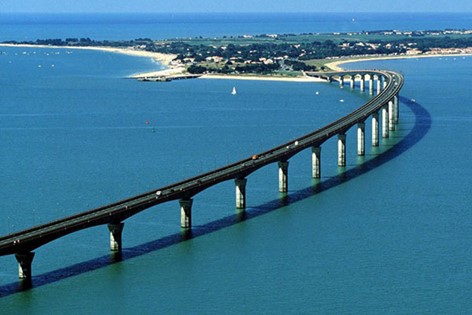
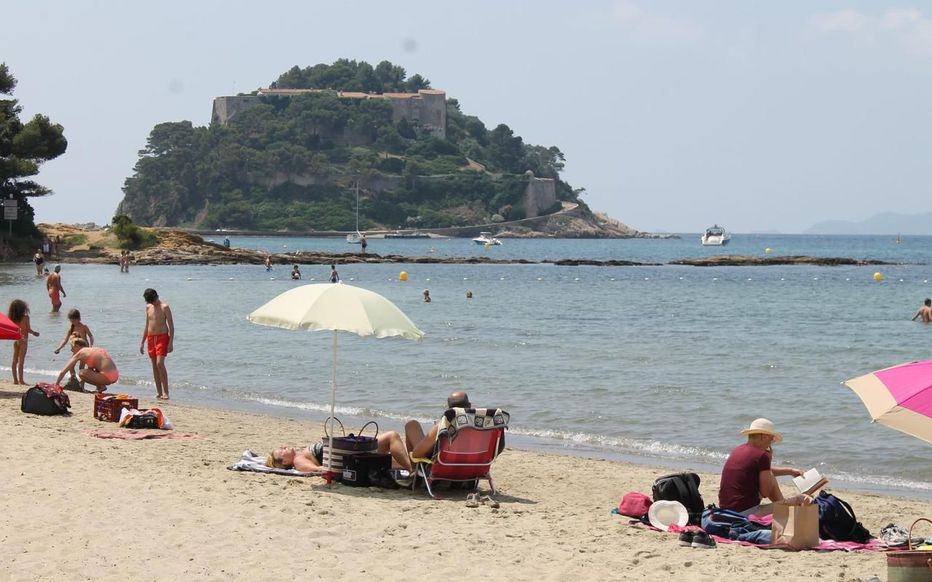
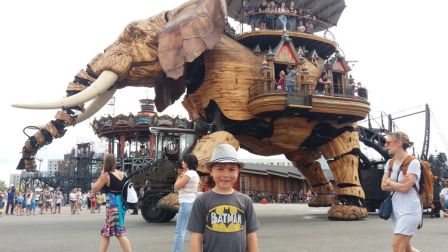

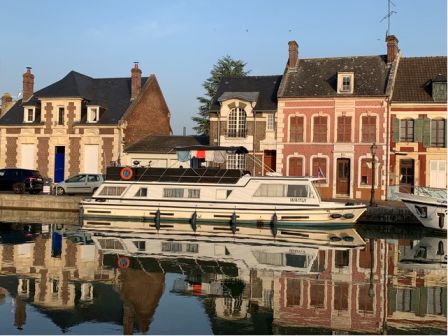
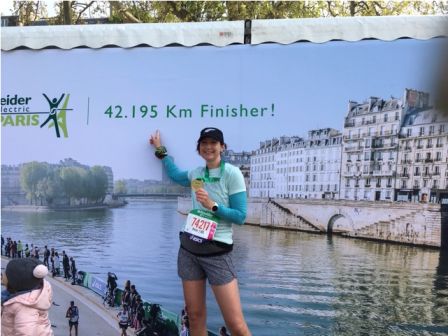



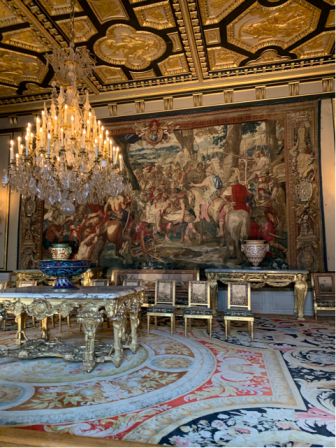
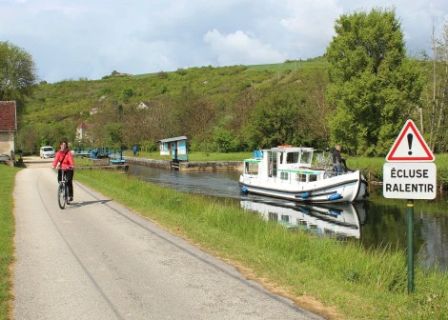

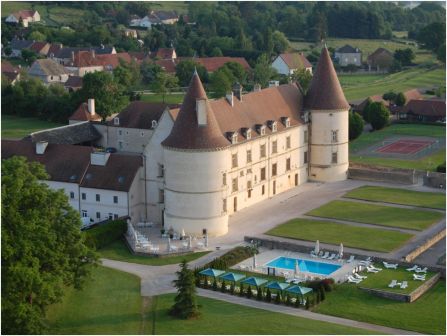
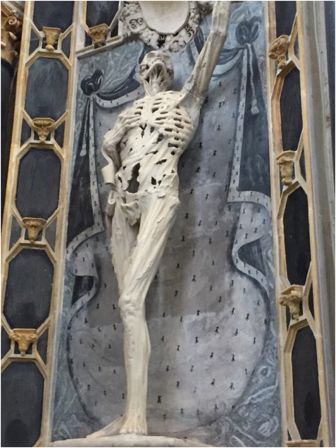
.jpg)


